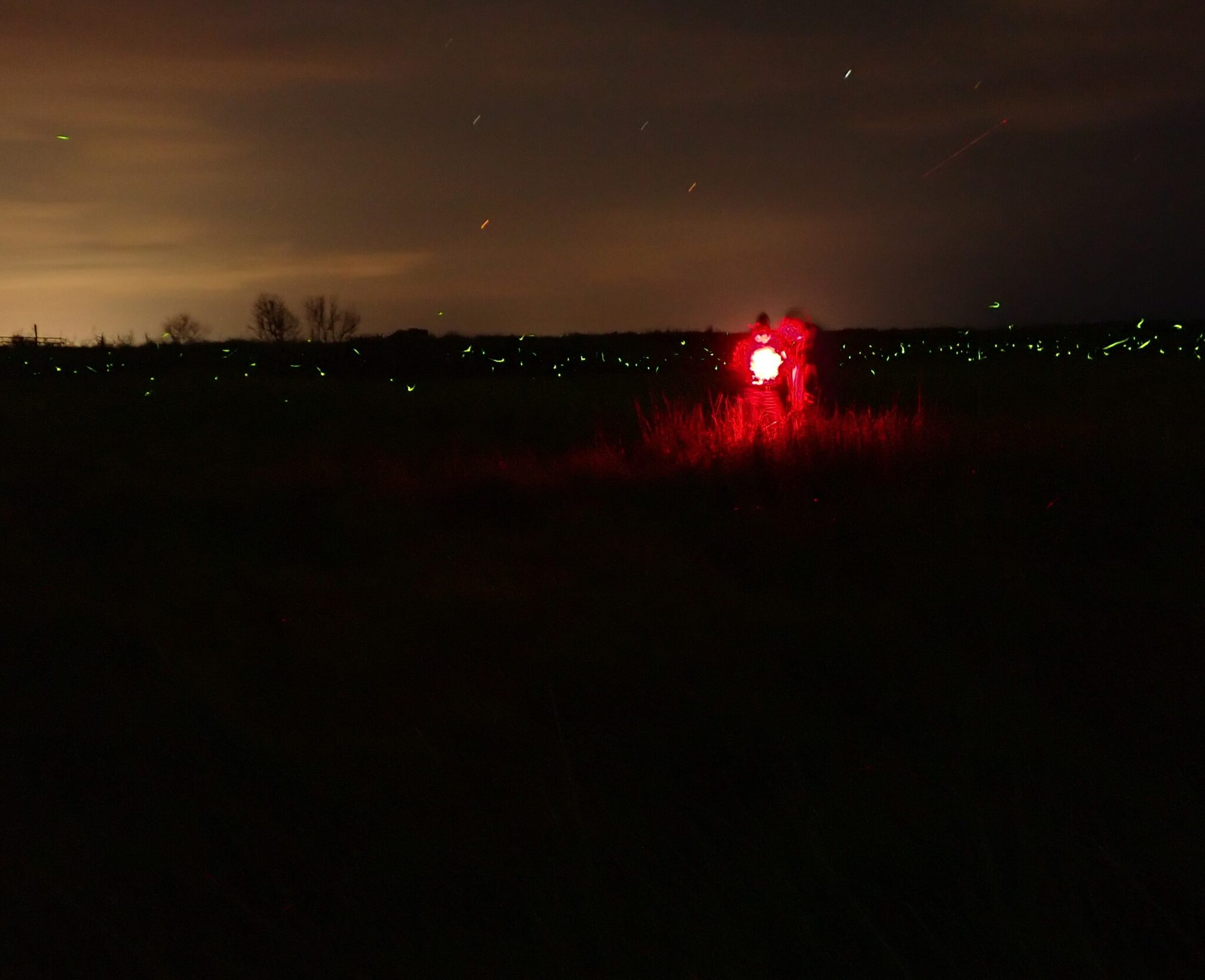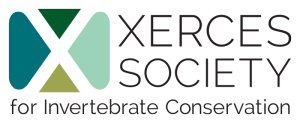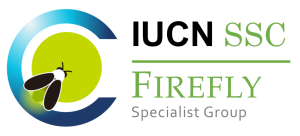Before embarking on surveys or submitting an incidental sighting, you’ll first need to register for a Firefly Atlas account. It’s easy to set up and only takes a few minutes.
LINK: Register




Ways to Participate
After registering, there are a couple different ways you can participate in the Firefly Atlas:
Incidental Sightings
Submit an incidental sighting. Did you happen to see a firefly while you were hiking, hanging out in your yard or park, or otherwise doing something outside? If so, snap a photo or two and submit your observation! We’ll ask you a few questions about where you saw the firefly, the time of day or night, and the habitat. If you have more information, there’s an opportunity to share that as well, but overall this option is fairly simple and straightforward.
Surveys
Conduct a full survey. This option is geared toward the 13 focal species, but if you live in the United States or Canada and are not near a focal region where these species might be found, you can still conduct a survey and share what you find. You will need to:
LINK: 13 focal species
LINK: Species
LINK: Training video
LINK: Survey protocol
LINK: Online
We also ask that all participants in the Firefly Atlas be aware of and follow the Xerces Society’s Code of Conduct.
LINK: Code of Conduct
Already have the protocol and are just looking for more data sheets? Download data sheets.
LINK: Download data sheets
Participant Handbook
LINK: Firefly Atlas Participant Handbook 2023
LINK: Download
Notice: Below is a list of 10 important links included on this page.
1. Register
3. Species
6. Online
9. Firefly Atlas Participant Handbook 2023
10. Download
Please note that while screen readers have made significant strides, they may still lack full support for optimal web accessibility.
Before embarking on surveys or submitting an incidental sighting, you’ll first need to register for a Firefly Atlas account. It’s easy to set up and only takes a few minutes.


Ways to Participate
After registering, there are a couple different ways you can participate in the Firefly Atlas:
Incidental Sightings
Submit an incidental sighting. Did you happen to see a firefly while you were hiking, hanging out in your yard or park, or otherwise doing something outside? If so, snap a photo or two and submit your observation! We’ll ask you a few questions about where you saw the firefly, the time of day or night, and the habitat. If you have more information, there’s an opportunity to share that as well, but overall this option is fairly simple and straightforward.
Surveys
Conduct a full survey. This option is geared toward the 13 focal species, but if you live in the United States or Canada and are not near a focal region where these species might be found, you can still conduct a survey and share what you find. You will need to:
- Familiarize yourself with the species that occur in your area.
- Watch the training video about how to survey for fireflies using the Firefly Atlas protocol.
- You can also read through the survey protocol in the participant handbook and familiarize yourself with the steps involved and the equipment needed.
- Select a site with the appropriate habitat for your target focal species (within its known or suspected range) and ensure you have permission to survey that site (especially if you’ll be there after dark).
- Find a companion or two to help with the survey, and be sure to scout the area during daylight so you know what to expect.
- Survey the habitat and collect the following information:
- time, location, and search effort
- environmental data including weather, habitat and artificial light
- photographs of fireflies
- flash pattern details for flashing firefly species
- Submit your data online to the Firefly Atlas. Don’t forget that negative data are just as important as positive detections! We want all your data, regardless of whether or not you saw any fireflies.
We also ask that all participants in the Firefly Atlas be aware of and follow the Xerces Society’s Code of Conduct.
Already have the protocol and are just looking for more data sheets? Download data sheets.



